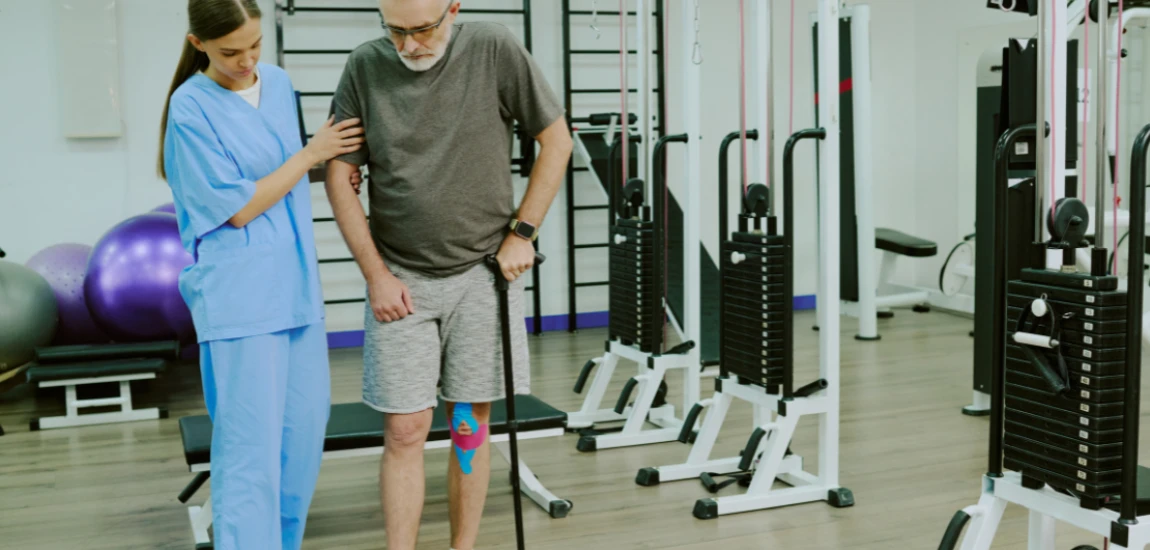Crossover Culture: When Musicians, Actors, and Influencers Swap Roles

The entertainment industry has always been fluid, but in recent years, the lines between music, film, television, and digital platforms have blurred like never before. Welcome to Crossover Culture, an era where musicians become actors, actors release albums, and influencers launch fashion labels or even blockbuster movies. This phenomenon is more than just a marketing strategy—it reflects how fame itself has evolved in a digital-first, attention-driven economy.
What makes crossover culture so powerful is the way it redefines stardom. Celebrities are no longer confined to one artistic lane; instead, they build multi-faceted brands that stretch across platforms. Social media accelerates this trend by amplifying personal brands, while streaming platforms create new opportunities for crossover success.
In this blog, we’ll explore the forces driving this cultural shift, the appeal of multi-hyphenate stardom, and how crossover moves shape careers and industries. From Hollywood icons moonlighting as musicians to TikTok stars breaking into film, we’ll examine why swapping roles has become not only common but expected in the 21st century.
The Roots of Crossover Culture

A Long Tradition of Multi-Talented Stars
Crossover culture isn’t entirely new. From Frank Sinatra transitioning into acting to Jennifer Lopez dominating both music charts and movie theaters, history is full of examples of artists who’ve succeeded across multiple fields. In the past, however, these moves were carefully orchestrated by industry gatekeepers and often considered risky.
The Changing Media Landscape
Today, the media ecosystem encourages crossover more than ever. Streaming platforms allow artists to reach diverse audiences quickly, while social media provides a direct line to fans who are eager to support their favorite stars in any venture. The democratization of fame has lowered barriers, making crossover attempts more accessible and accepted.
Why It Resonates with Audiences
Fans now expect celebrities to be more than just one-dimensional performers. Multi-talented stars represent versatility and ambition, qualities that resonate in an era where personal branding and side hustles are celebrated. This audience demand fuels the rise of Crossover Culture.
Musicians Becoming Actors

Success Stories on Screen
From Will Smith and Lady Gaga to Harry Styles and Rihanna, musicians have long crossed into acting. These moves often bring fresh energy to film and television, as musicians carry existing fanbases that drive ticket sales and streaming numbers.
Challenges of the Transition
Not every crossover attempt succeeds. Acting requires different skills, and audiences can be critical of musicians who seem unconvincing on screen. Still, the potential rewards—from credibility as a multi-talented artist to long-term career diversification—make acting an attractive option.
Why Music Stars Try Hollywood
The motivation is clear: movies and television offer longevity. Music careers can be volatile, but acting roles often extend relevance and create new revenue streams. By entering Hollywood, musicians expand their cultural footprint while securing financial stability.
Actors Launching Music Careers

A Risky but Tempting Path
Actors venturing into music isn’t always met with enthusiasm, yet many have tried. Examples range from Jared Leto’s band Thirty Seconds to Mars to Selena Gomez’s successful pop career. For some, music is a genuine passion; for others, it’s a way to deepen their brand.
Navigating Industry Expectations
Audiences tend to be more skeptical of actors turning to music, often labeling their efforts as vanity projects. However, when actors show authenticity and invest in honing their craft, they can carve out meaningful music careers.
The Branding Advantage
Actors already possess fame, making it easier to market music. Whether or not they achieve critical acclaim, their crossover efforts often keep them in the public conversation—an invaluable asset in an attention economy.
Influencers Entering Traditional Entertainment

The Rise of Digital-First Celebrities
Influencers are the newest players in crossover culture. Platforms like TikTok and YouTube have given rise to stars who parlay online fame into music, acting, or even entrepreneurship. From Addison Rae’s acting debut to influencers signing record deals, this trend shows no signs of slowing down.
The Double-Edged Sword of Influence
Influencers bring massive followings, which is a huge advantage for studios and record labels seeking guaranteed audiences. However, transitioning from short-form digital content to mainstream entertainment can be challenging, as traditional formats demand different skills.
Redefining Stardom in the Social Media Era
Influencers represent a shift in what it means to be a star. Unlike traditional celebrities groomed by studios, influencers build fame through relatability and authenticity. Their crossover into mainstream entertainment highlights how digital culture now shapes Hollywood.
The Business of Crossovers: Branding and Revenue

Expanding Revenue Streams
Crossover moves aren’t just artistic—they’re strategic. By diversifying their careers, stars create multiple revenue streams. Music royalties, film contracts, endorsements, and merchandise combine to build sustainable wealth.
The Role of Social Media Marketing
Social media allows stars to directly promote their crossover projects, bypassing traditional marketing channels. This direct connection with fans ensures crossover ventures get immediate traction, even before critics weigh in.
Why Brands Love Multi-Hyphenates
For brands, crossover stars are valuable partners. A musician-actor-influencer offers access to diverse audiences across platforms, making them ideal for high-profile collaborations and campaigns.
Cultural Impact of Crossover Culture

Redefining What It Means to Be a Star
Crossover culture reflects broader cultural values. Today’s audiences celebrate versatility, creativity, and ambition, making multi-talented stars aspirational figures. This shift redefines stardom itself—not as mastery of one craft, but as the ability to thrive across multiple ones.
The Blurring of High and Low Culture
Crossover moves also blur distinctions between “serious” art and “pop” entertainment. An actor releasing a dance album or an influencer starring in a film challenges traditional ideas of artistic credibility, pushing culture toward inclusivity and hybridity.
Future Generations of Entertainers
As younger audiences grow up consuming entertainment across platforms, the expectation of crossover will only intensify. Tomorrow’s stars will likely be born multi-hyphenates, moving fluidly between roles from the very start of their careers.



